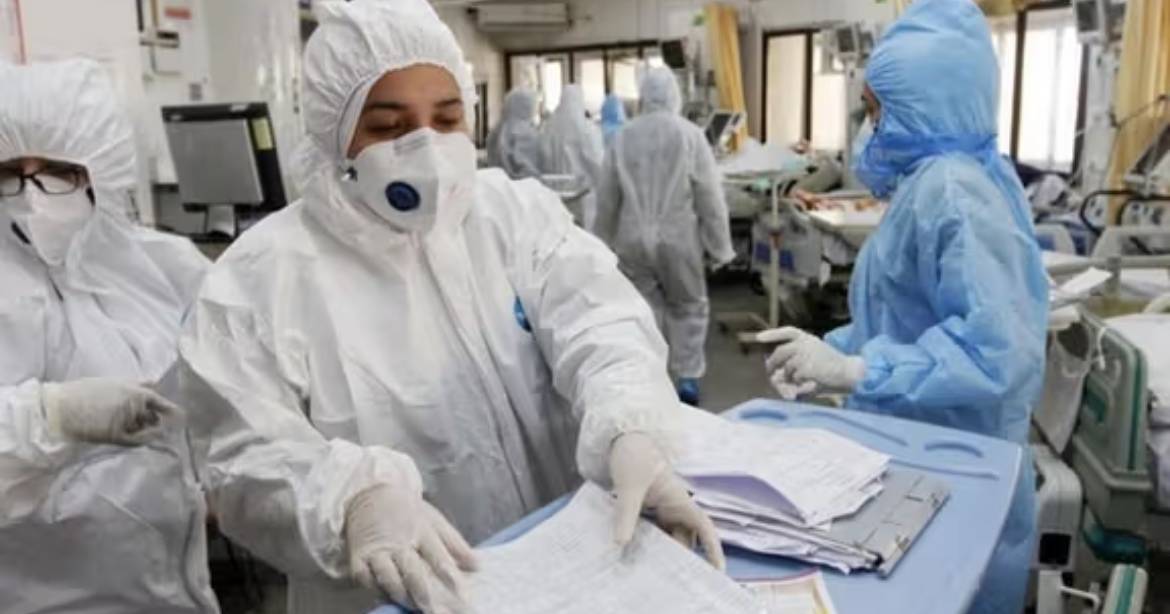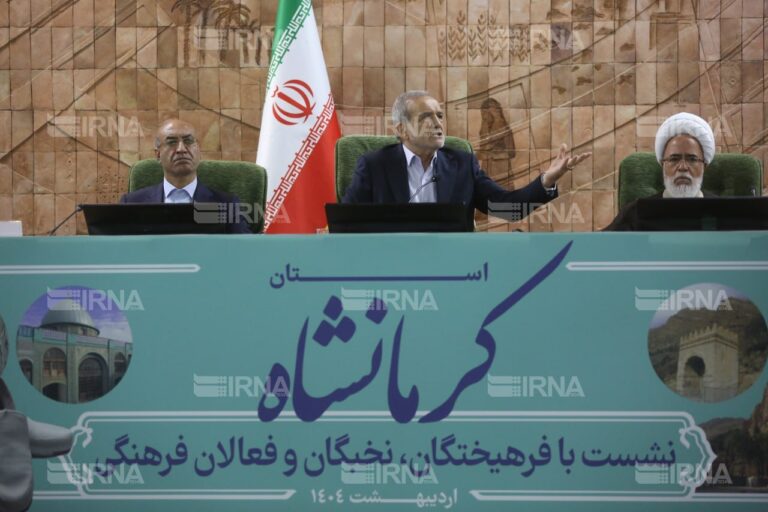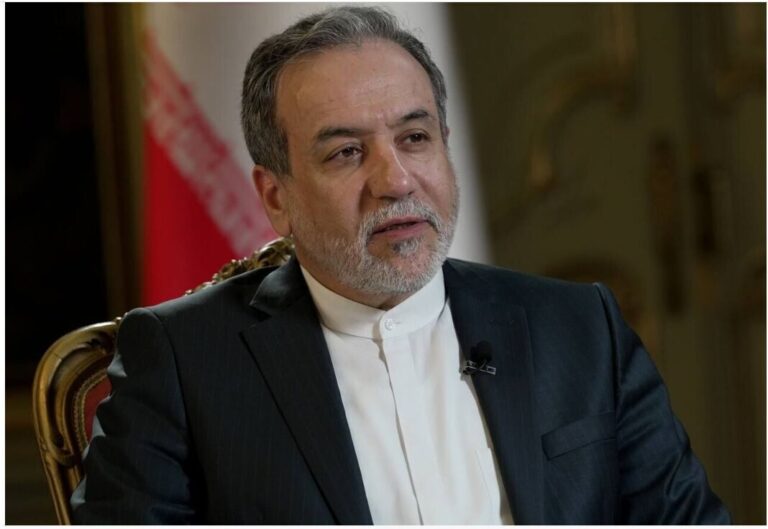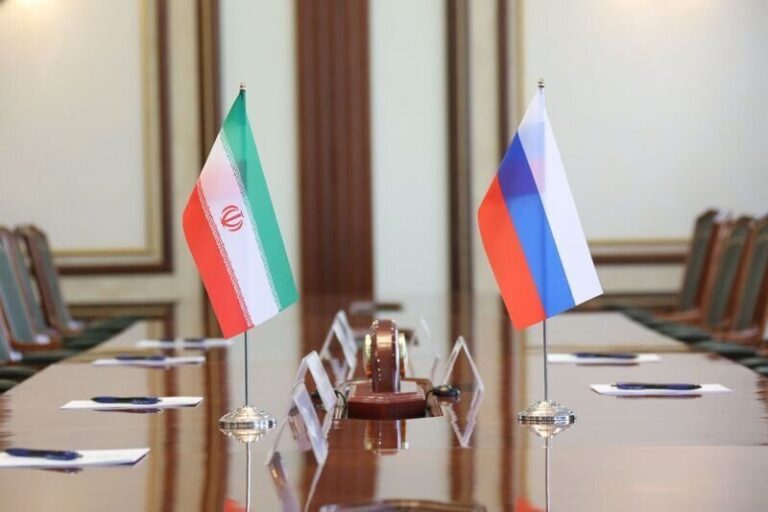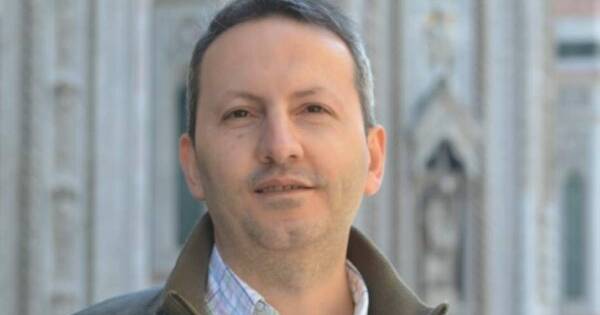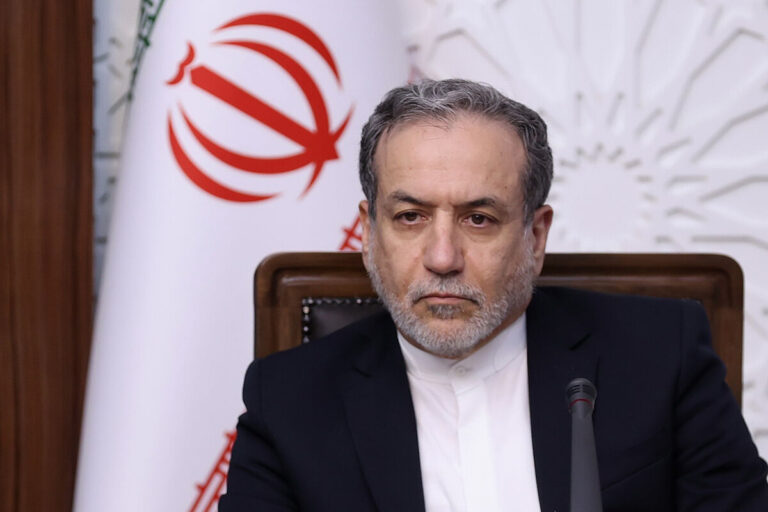Urgent Alert: Iran’s Medical Authority Sounds Alarm Over Talent Drain of Skilled Healthcare Professionals
Iran’s healthcare system is currently grappling with a significant challenge: filling vacancies in its medical workforce. This issue has been highlighted by the Iranian Medical Council, which has identified the shortage of doctors and nurses as one of the most pressing concerns for the upcoming year.
According to Reza Laripour, the spokesman for the Iranian Medical Council, “The three main challenges in the new year will be staffing, financing, and supplies.” He emphasizes that a functional healthcare system is heavily dependent on a trained workforce, stating, “Personnel—especially physicians and nurses—are the core users of medical resources and the backbone of effective care.”
The Iranian government maintains strict regulations regarding medical fees, announcing annual chargeable rates for private general practitioners, specialists, and dentists. For instance, in early April, the fees for general practitioners were set at 1.26 million rials (approximately $20), while specialists were charged 1.89 million rials (around $30) for the upcoming year. However, many in the medical community argue that these tariffs do not reflect the current inflation rates and have voiced strong objections against them.
In recent months, the situation has escalated. Since August, nurses across numerous cities in Iran have been actively protesting against their harsh working conditions and the inconsistent payment of wages. Laripour pointed out several critical issues contributing to the dissatisfaction among healthcare professionals:
- Unfair Tariffs: Existing tariffs do not align with the economic realities faced by healthcare providers.
- Heavy Workloads: Many medical staff are overwhelmed by excessive workloads.
- Unequal Resource Distribution: There is a significant disparity in how resources are allocated within the healthcare system.
These challenges have led to a growing sentiment among healthcare professionals that the situation is untenable. Laripour noted that these pressures may prompt skilled staff to either emigrate to other countries or move away from clinical roles altogether. He advocates for urgent government intervention, highlighting the need for better funding and a focus on increasing the number and diversity of healthcare professionals.
Laripour warned, “Without meaningful action, rising inflation and poor economic planning will make it irrational to expect effective care under current tariff structures,” which ultimately leaves both healthcare providers and patients to bear the burden of these pressing issues.
Over the past few years, Iranian medical professionals have consistently raised alarms about the potential deterioration of the healthcare system, warning that if current trends continue, a collapse could be inevitable. While government officials have not provided specific data regarding the number of doctors, midwives, and nurses who have left the country, many healthcare workers have sought better opportunities in neighboring countries such as the United Arab Emirates and Oman, as well as in various regions worldwide.
Given the ongoing challenges within the Iranian healthcare sector, it is crucial for both government and medical authorities to take decisive action. Addressing the staffing shortages, adjusting tariffs to reflect economic realities, and improving working conditions for healthcare professionals are essential steps needed to restore confidence in the system and ensure that quality care is accessible to all Iranians.
In conclusion, the Iranian healthcare system is at a critical juncture, facing an uphill battle in meeting the demands of its population. Without strategic and immediate interventions, the quality of care may continue to decline, posing risks to public health and well-being across the nation.
